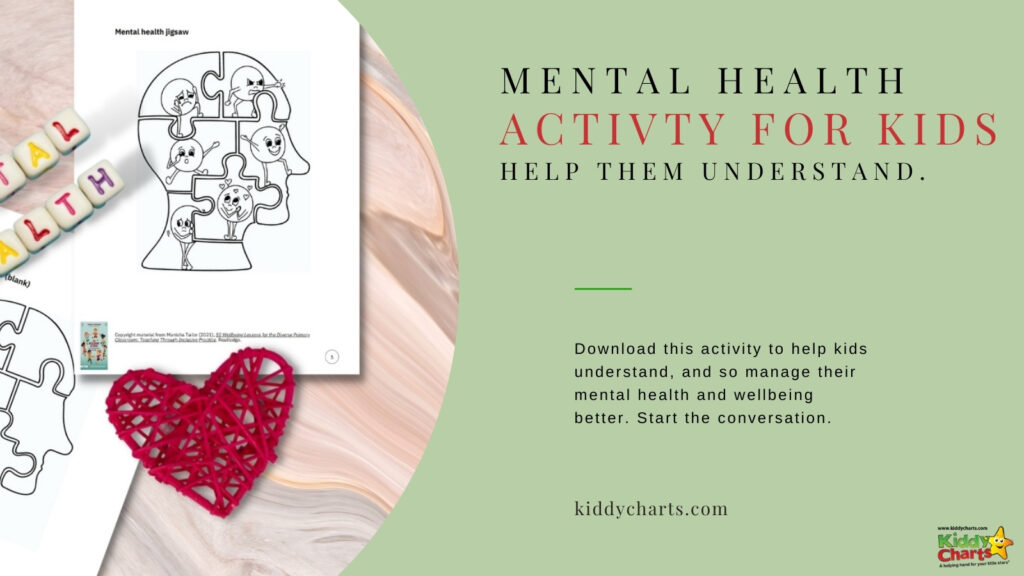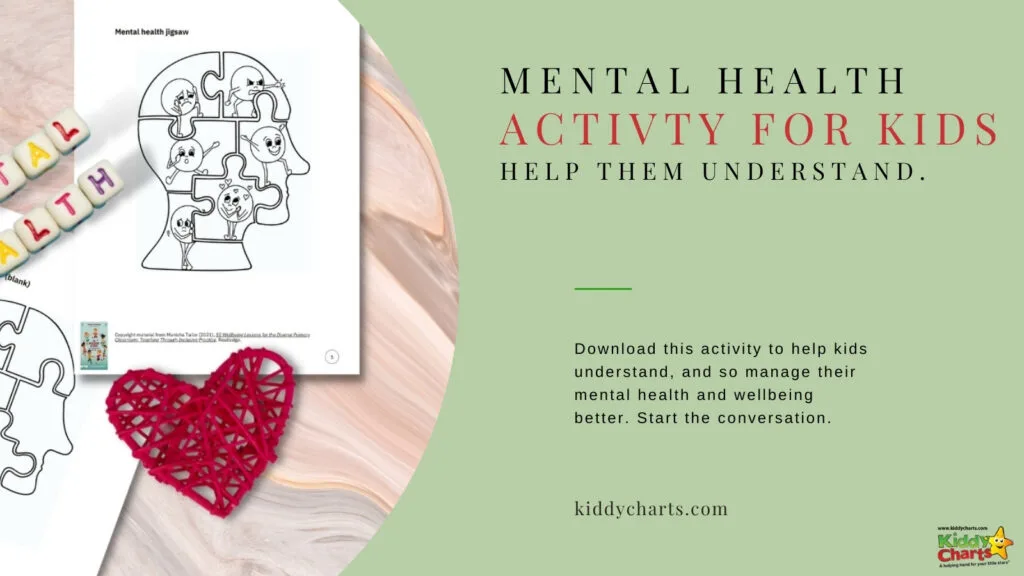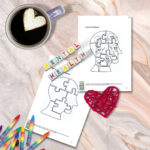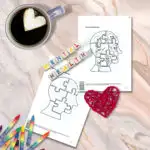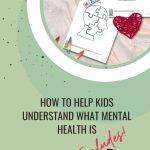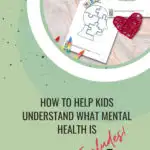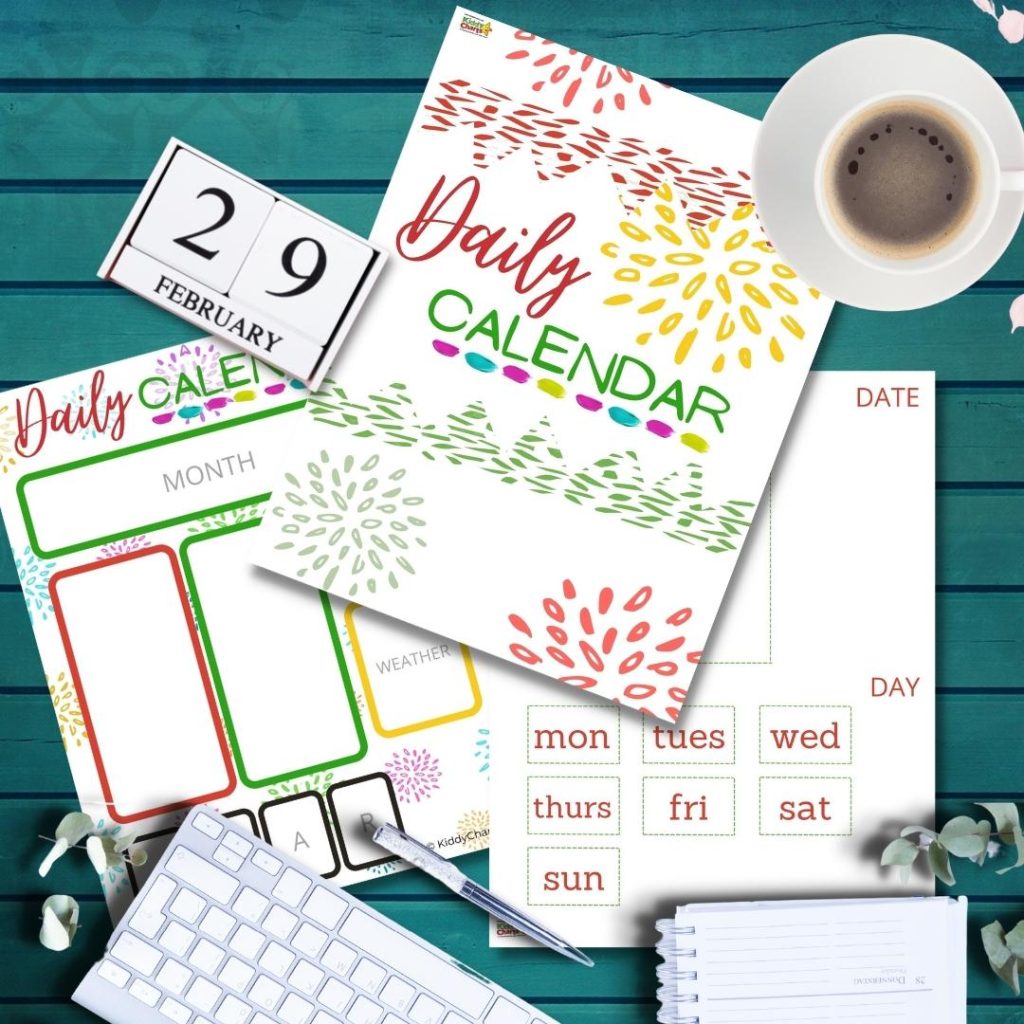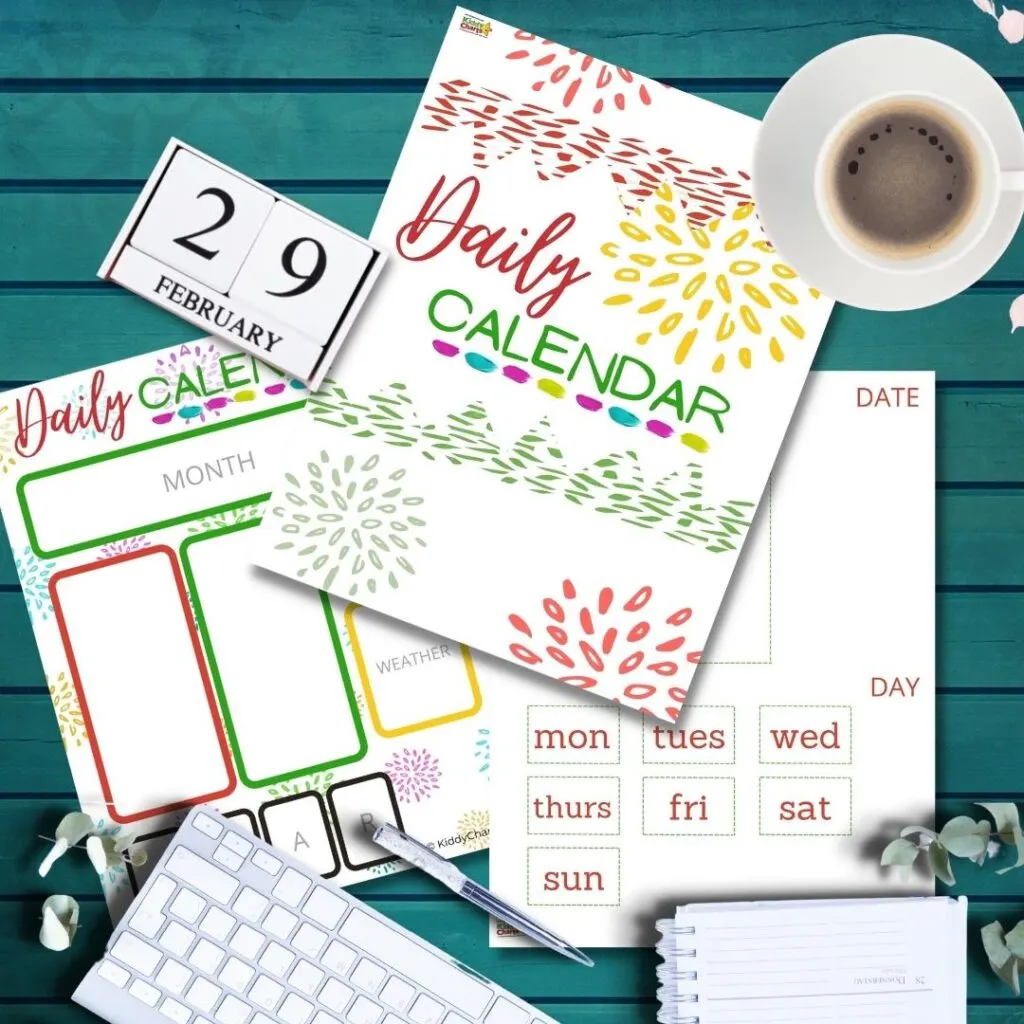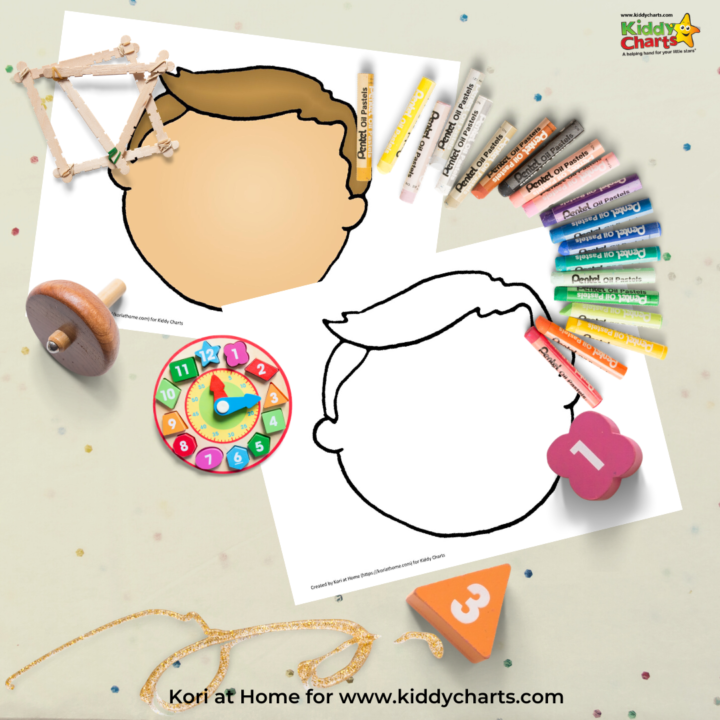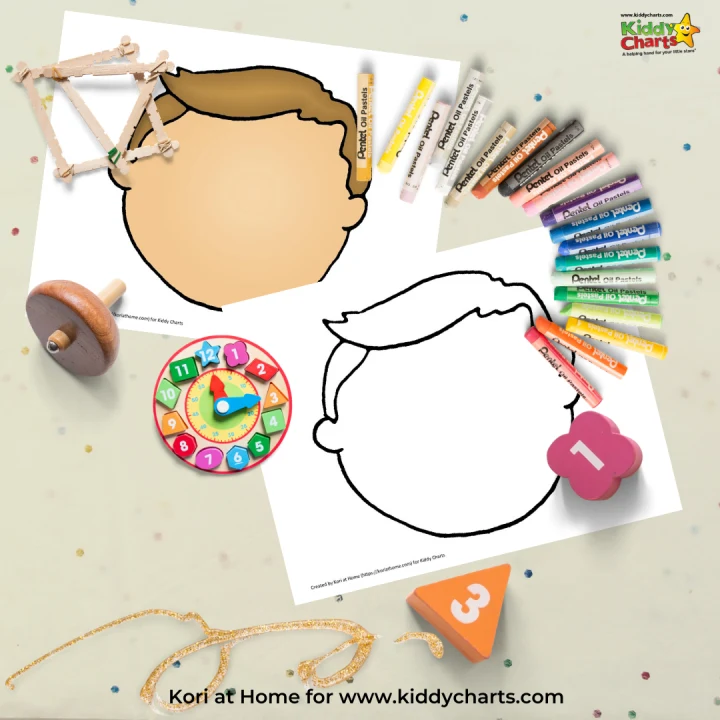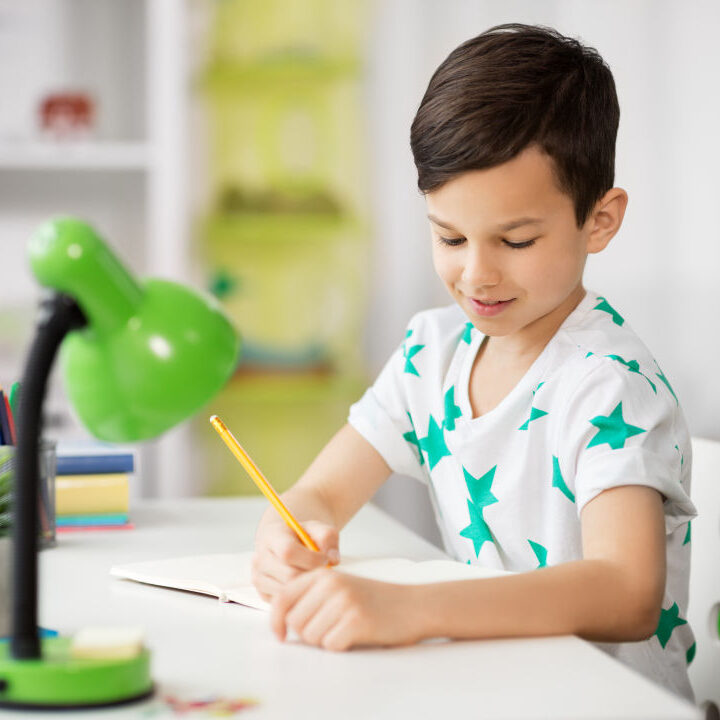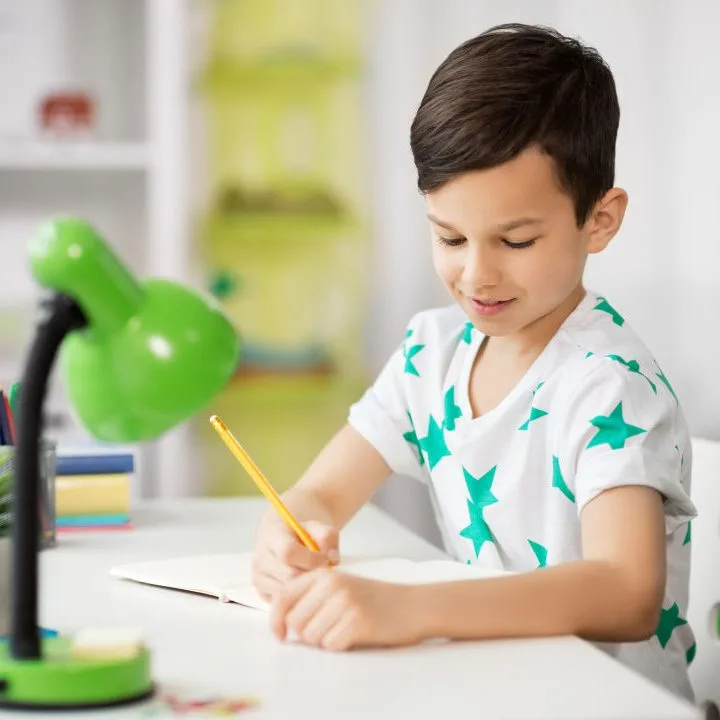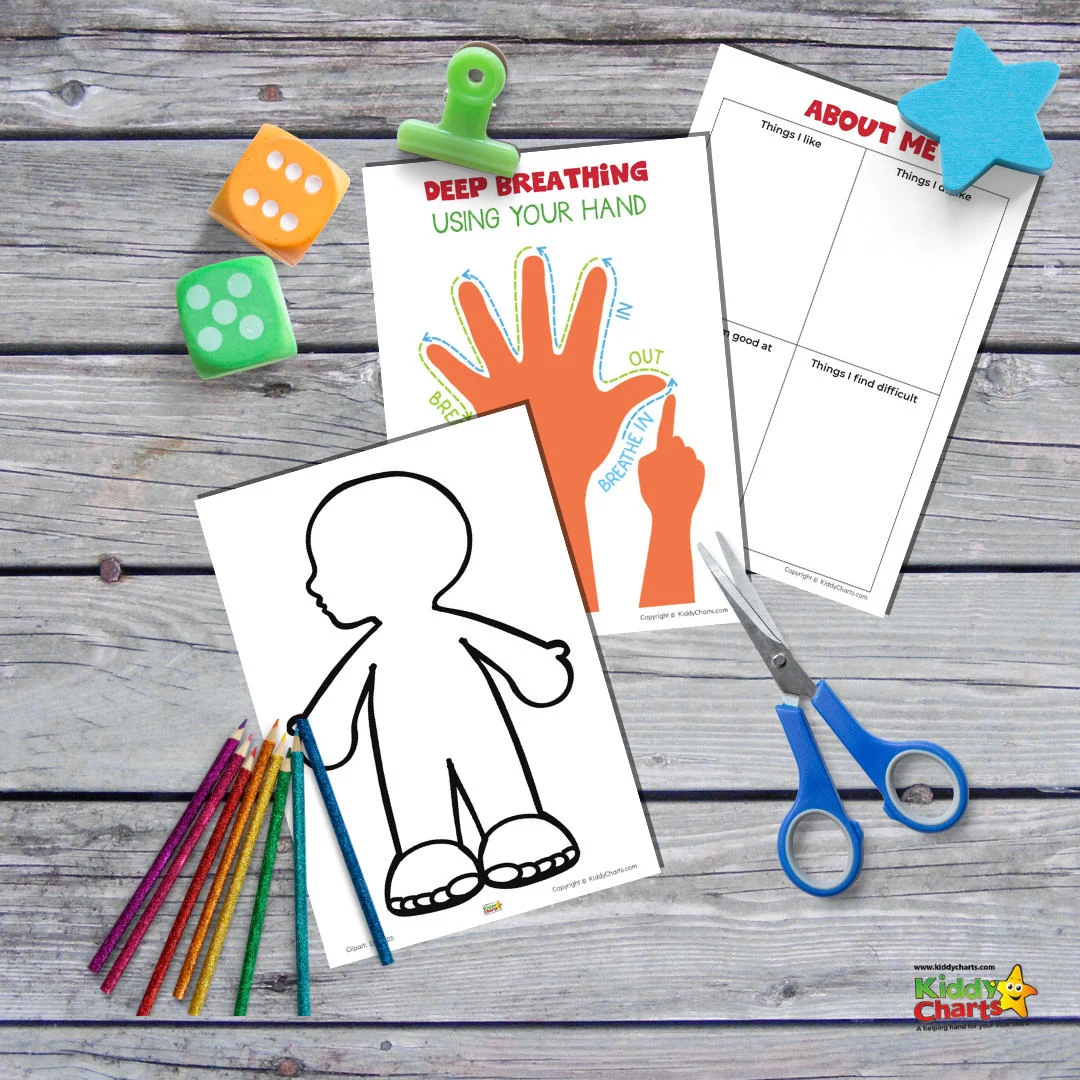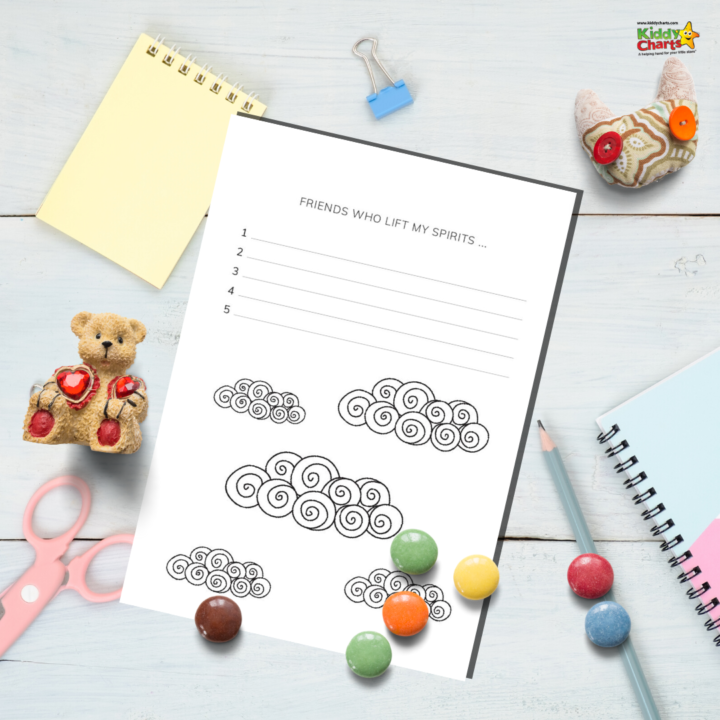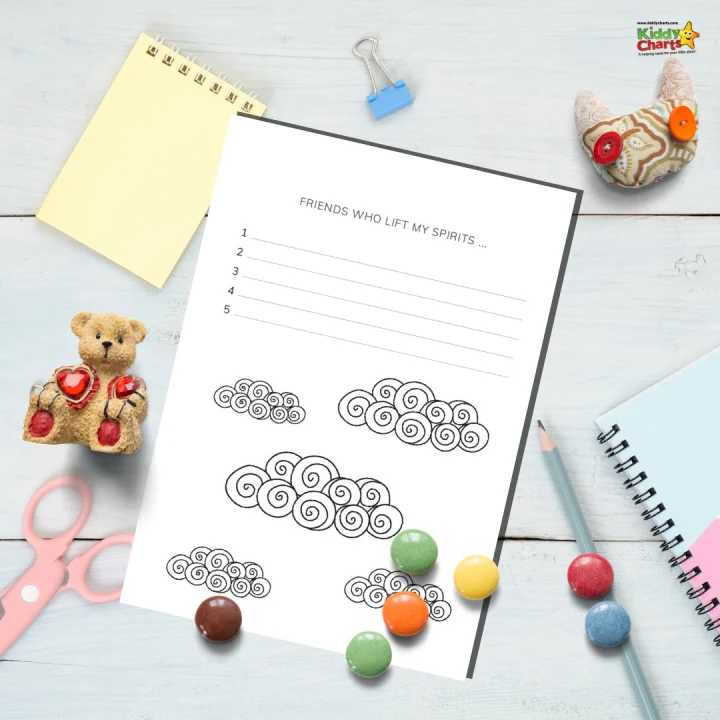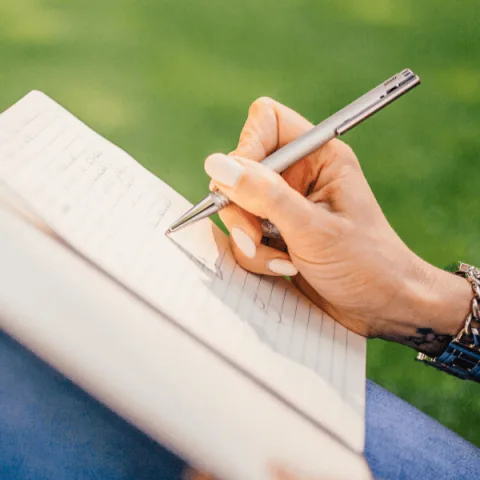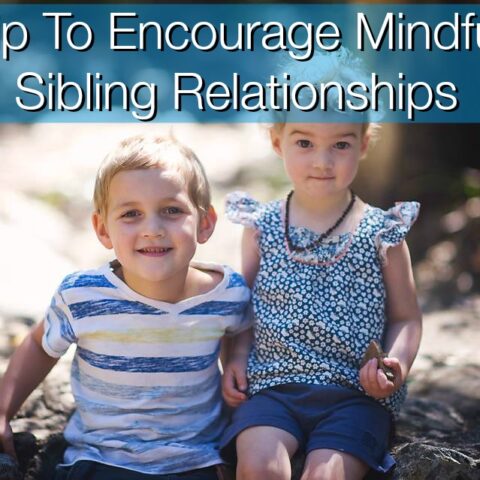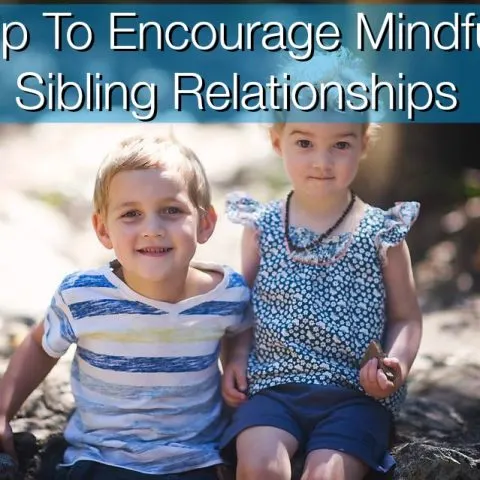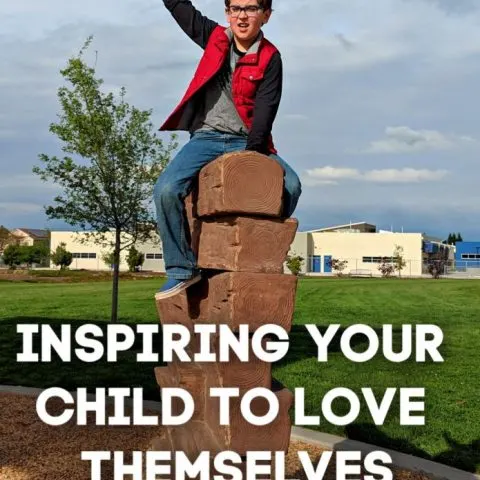Nowadays, children realise mental health is important, and that they need to pay attention to their own, and others mindsets, and try to have a positive and can do attitude. But what is mental health? This is a lovely activity to help children, and even adults, understand what mental health actually is.
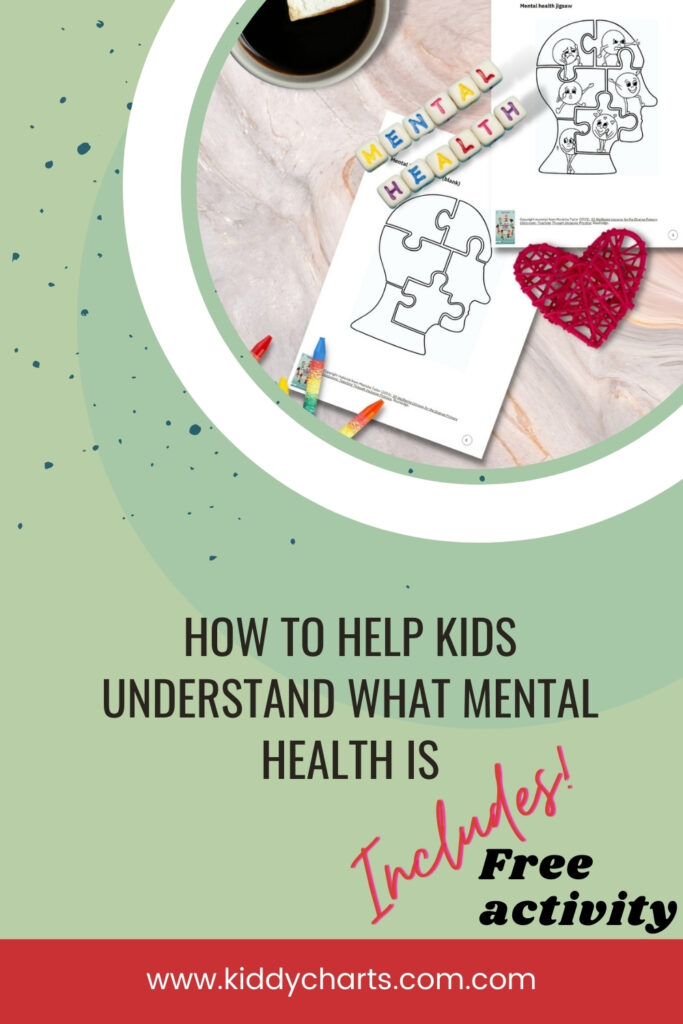

This printable activity is one of four that we are sharing with you from a fantastic new resource for parents and classrooms called 50 Wellbeing Lessons for the Diverse Primary Classroom. The book is written by Manisha Tailor, whose twin brother was diagnosed with Schizophrenia at 18 after trauma and bullying. She is a primary practitioner and former deputy head with 19 years of educational experience. She is a full time football coach and director at Swaggarlicious, where she provides mental health support.
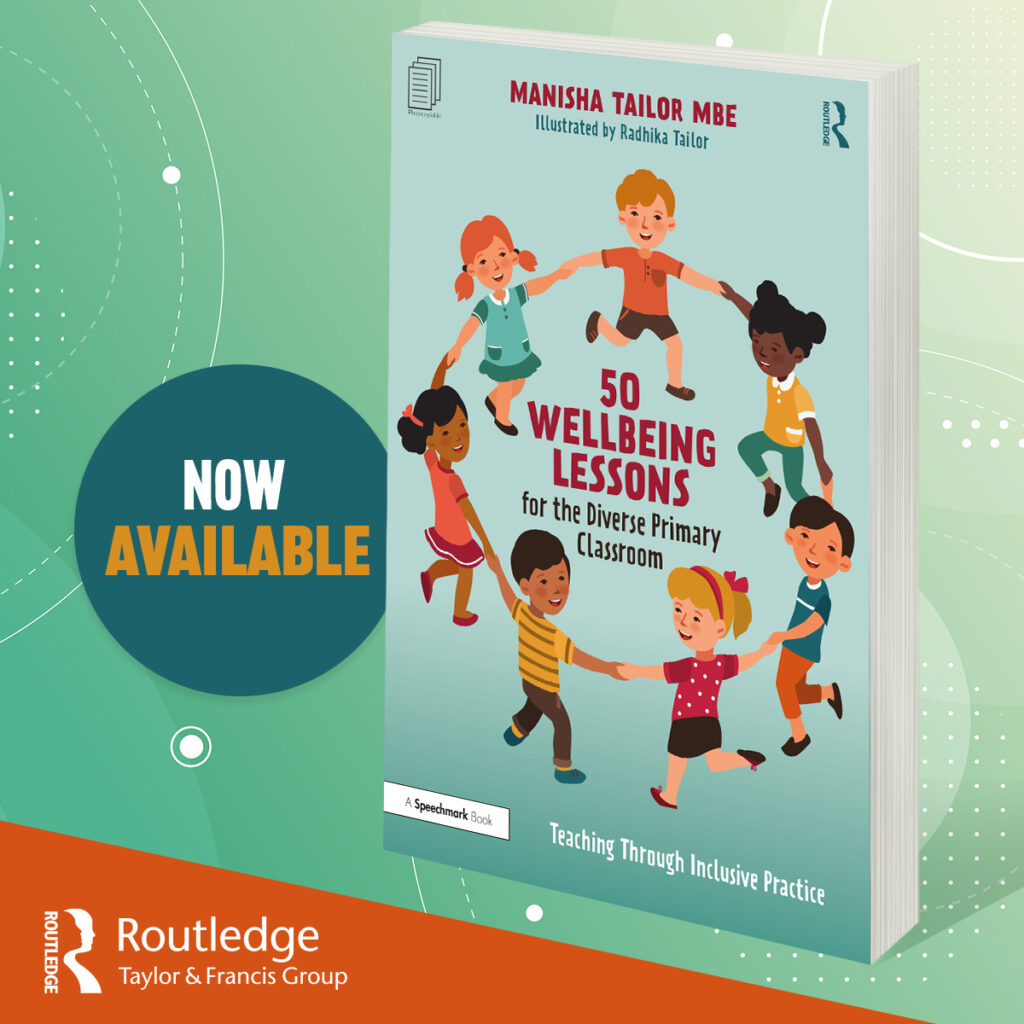
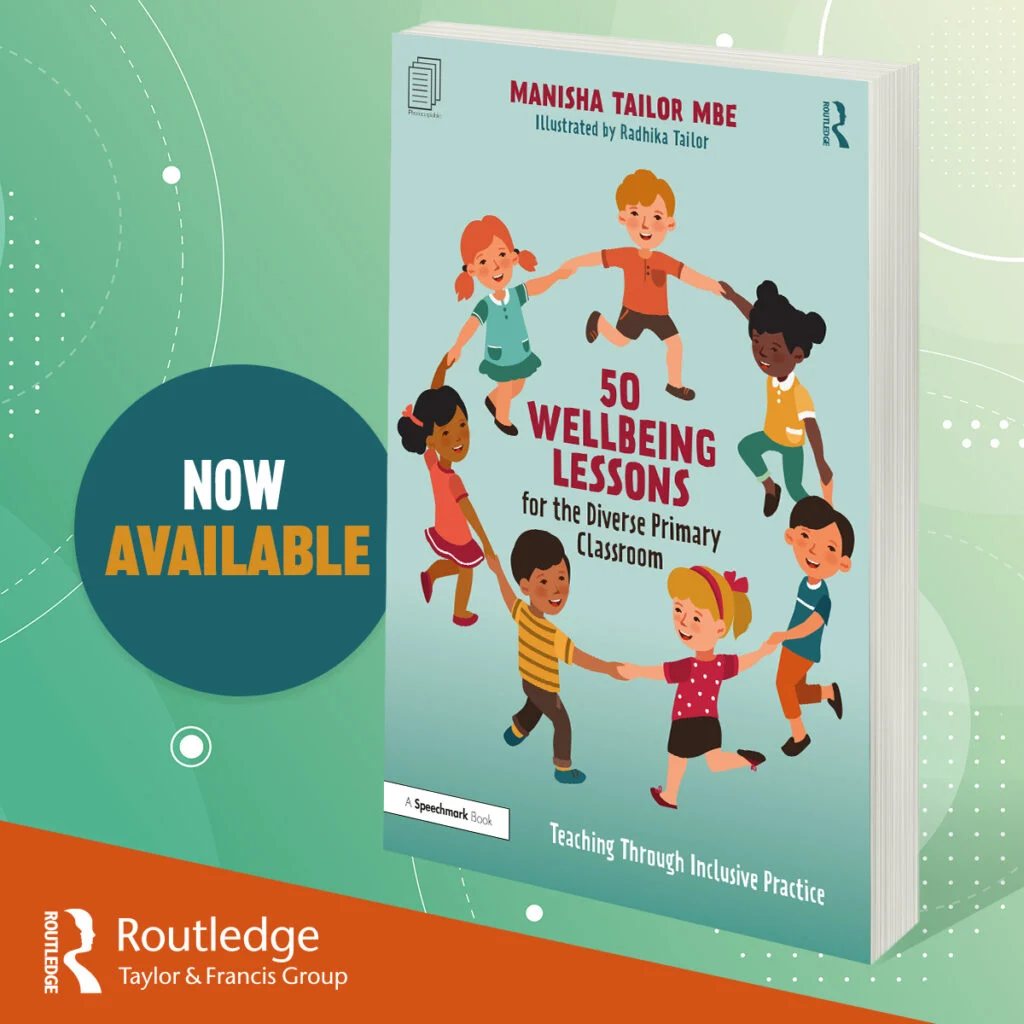
50 Wellbeing Lessons
by Manisha Tailor
This book provides a wealth of information for educators to help them to start and develop the conversation with children around mental health. Covering topics from coping with loss and rejection to understanding more about what mental health actually is.
Activities within the book cover everything from individual, to group work to help create as much variety for the home, and classroom environment as possible.
The activity we are sharing today is the first in the book and provides an introduction enabling us to understand why mental health focus is good for our children.
Mental health is important so we need to talk about it
Discussing our mental health is something that historically has perhaps had a stigma. We are looking to bring up a generation of children (and reassure adults too) that are comfortable communication, and discussing their mental health. Being open and honest about how we feel means that we are much more able to express our feelings and emotions, which can only have a positive impact on our mental health.
What will this activity teach our kids?
The learning outcomes for this activity are varied and include:
- What is the definition of mental health,
- Create understanding and responses for a wide range of feelings,
- Comprehend the good and the bad feelings that we have, and the words related to those emotions,
- Recognise that conflicting emotions happen,
- Think about what has a positive and what a negative effect on their wellbeing.
How to use the mental health jigsaw and activity
- Discuss with your kids what mental health means to them. What does the definition look like for them?
- Given the associated stigmas; it is key to related mental health to both positive as well as negative things. It isn’t just about the negative, but rather a spectrum of feelings and emotions that help us understand how we are feeling from day to day.
- Use the mental health jigsaw to discuss the emotions and feelings that make up our mental wellbeing.
- Specifically, perhaps chat about what things might have happened to create some of the emotions that are shown within the first jigsaw; explaining that this is children expressing those feelings through their actions.
- For example, what might generate sadness? What might make the children angry? And so on.
- The blank mental health jigsaw can then be used to get your children to draw their own feelings that make up their own mental health, with captions and details included.
This is a fabulous resource, and idea to help kids understand their emotions, and start the discussion. We will have more activities from the book on the site, so do sign up to either our Time to Pee club, which also enables access to more free printables, or our weekly newsletter. Whichever you prefer! And don’t forget to download our app too! Just search Kiddy Charts on the app store.
Now – you obviously need the activity and ideas for this now – so here you go, found under the red button below.
For the full activity – including the instructions, and learning outcomes, click here.
Don’t forget to check the rest of our mindfulness resources out on the site, including a series for kids, with 8 different activities in it. Here are some other wellbeing resources for you as well:
Here are some other ideas to help children to understand and cope with their feelings and emotions.
How to help your kids recognise their emotions: Free printable #31DaysOfLearning
A printable to help kids understand what feelings they are having.
Anxiety in kids
Ideas from KiddyCharts to help with kids expressing themselves, and focusing on improving mental health.
Positive writing prompts for kids emotional development #31DaysOfLearning
Writing prompts for children that focus on feelings, and emotional development.
31 Days Of Learning
Find all of our 31 Days of Learning events on one page! Print out our calendar and work your way through each activity! Have fun!
Friendship mindful activity for kids: Friends who lift my spirits most
Simple mindful activities for kids focusing on friends that lift us up.
There are loads of great activities outside KiddyCharts too:
Mindful activities for kids from other sites
Here are a few more ideas for you about mindful activities that your kids can do today.
50 Mindful Journal Prompts for Teens
Some prompts for the journal that you might now have from Upside Down Books - or just some general journaling ideas for your kids.
Tip To Encourage Mindful Sibling Relationships
Ideas for encouraging mindful sibling relationships - something that we struggle with a little in our family...so perhaps some of you do to?
Inspiring Your Child to Love Themselves
Helping your kids with their self-esteem is a great way to encourage them to be more mindful too. Why not check out this advice to help them?
We really hope that you can come back again soon, and you like the resources that we have on the site. We will continue to have activities focused on wellbeing so do keep coming back to see us.
Helen
